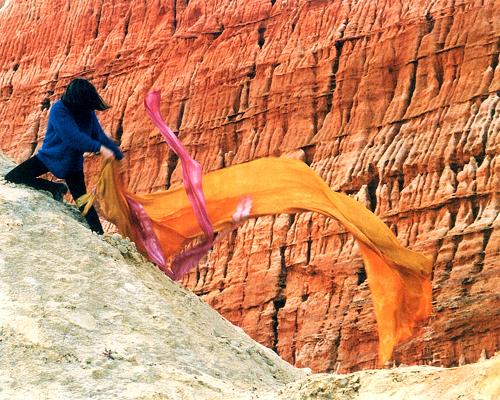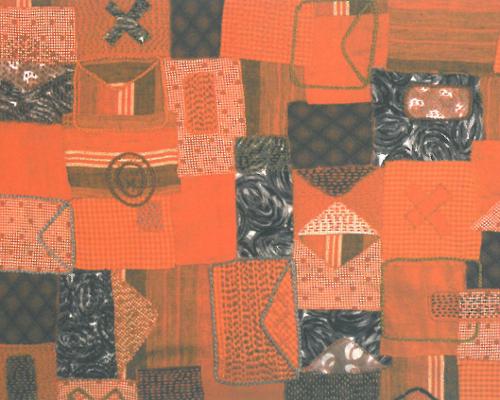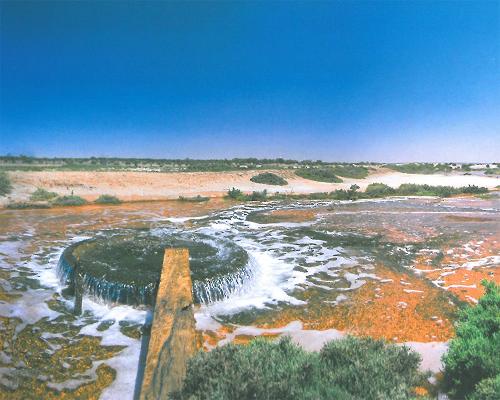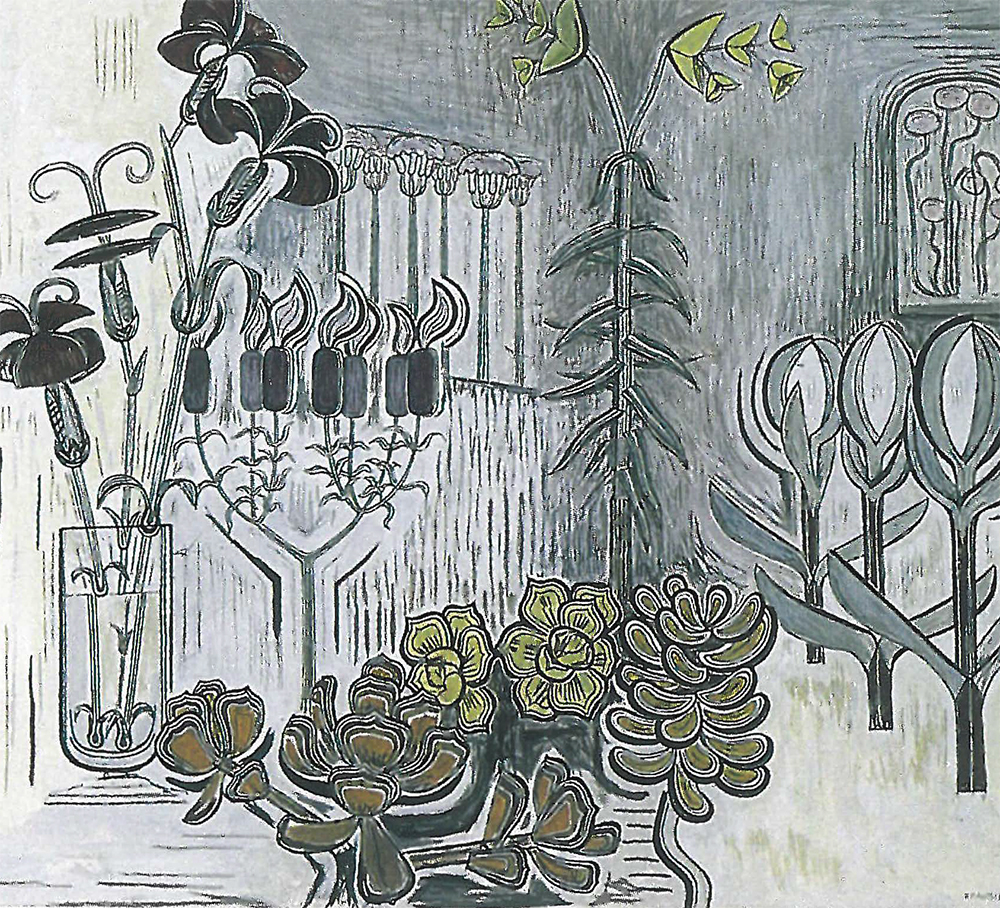
Replacing another project in the Heide calendar at relatively short notice (hence the lack of a catalogue) Another Look attained a cult following amongst art lovers blessed with long memories or indifferent to the canon's tyranny. Some exhibits had not been seen in public for four decades or more in contrast to the high profiled celebrity modernist women from the 1920s to 1940s. Another Look persuasively demonstrates that women made a legitimate contribution to 1950s visual culture, and that historical amnesia and selectivity on the part of public historical structures and institutions have undervalued the undeniable fact of women's important contribution to the early development of abstraction in Melbourne during the 1950s. Moreover all six exhibitors are still living, active in the 1950s and early 1960s, their careers have reached the half century mark.
Amongst the high points in this rigorously chosen exhibition, drawn from private collections and also the isolated early public gallery purchases of these artists, were Erica McGilchrist's Kew Mental Home series. Unfamiliar, but satisfying on visual and stylistic terms, their exploration of the nexus of the surveillance of both women and the insane was informed by the extreme fascination with sexuality and Freudian psychiatry that proved so potent in the 1950s. McGilchrist broached new emotional territory for Australian artists of any gender. Before Boyd's Brides or Brack's observation of Melbourne, these iconic works made a social point through story-telling. At the same time there is a faint ambiguity; does the viewer side with the 'mad' as victims, or with the analytical eye of the scientist as modernists? These works, known nowadays mostly through illustrations, justify mounting Another Look, but the exhibition was full of unfamiliar and pleasing artworks. Helen Maudsley's gray, wry, detached, slightly surrealist yet abstract wash drawings are unexpected discoveries. The wall text states that these highly skilled works were undervalued by the critics of the 1950s. They were fresh and unfamiliar, entirely expressive of the stylistic and visual preoccupations of their era. Their steely delicacy reminds us that Godfrey Miller, who likewise explored a gray-scale tonality of subtle, yet precise gradations, was amongst the most revered contemporary Australian artists at c.1960.
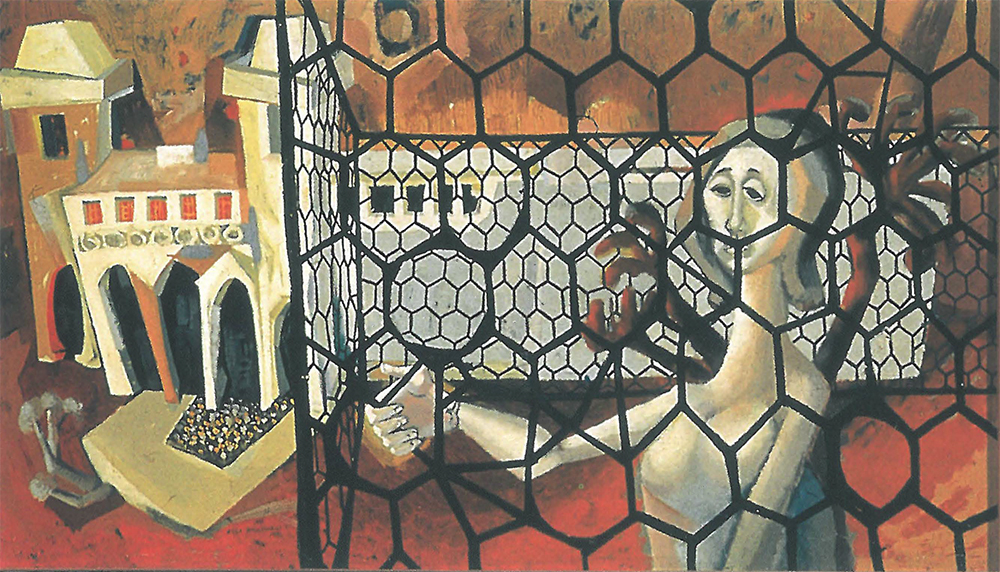
The patterns and styles of the 1950s permeated Another Look, highlighting the ubiquity of abstraction as a visual style/experience during the decade. Even Mirka Mora is seen as an abstractionist. Her effective, formally coherent but unfamiliar, works suggest that this deeply complex artist, so beloved by her Melbourne public, still not has been exhaustively researched and discussed. Although it may be believed that a popular audience approaches abstraction with hesitation, five decades ago abstraction was not alien to everyday life but a shared language with popular graphics, wallpapers and textiles. The organic elements of `50s pattern making and modernism thread through Another Look. Not only the patterns but the colours of the 1950s are all-pervasive: the cool grays, the unusual combinations of complex, subdued tones, the deep, dark greens and earth tones and everywhere the graphic energy of black wiry lines in oils acrylics, gouache and ink. Dawn Sime's Red Abstract (1954) provides a strange and powerful relief, a stridently bright tonality against the neutrals, memorably one of the most commanding works I have seen by Sime.
Despite stereotypes of women as marginal and forgotten, sculptors Inge King and Norma Redpath reached the pinnacle of their field by the later 1950s and their reputations have never diminished. As members of the Centre Five Group, these women were at the cutting edge of experimentation. The recent outstanding survey of King's works at the Manningham Gallery showcased the prestigious location of her commissions in government buildings, public galleries and university campuses. The King survey, like Another Look, provided a much-needed and plausible reevaluation of these early female abstractionists. At Heide the sculptors gave an added context to the painters, and highlighted shared visual preoccupations across media. Constantly the exhibits reiterated the integration of modernist aspirations, décor, styling and an advanced social life style during the 1950s and early 1960s, crystallised by McGilchrist's wall-hangings painted on commission for advanced households. The integration of the utopian values of spatial organisation in architecture that also dominated taste in Melbourne in the 1950s and 1960s and marked out advanced taste from the suburban is seen in the sculptures and their relationship to new architectural trends.
Unlike the sculptors, the painters have moved towards a personal orientation of their careers. All four painters - Mora, McGilchrist, Sime and Maudsley - could be regarded as singular individuals whose art expresses self referencing values. This applies not only to the most spectacular particularity of Mora whose personal iconography, soft toys and fascination with bohemia, dolls, courtesans and l'amour have a loyal following. McGilchrist's path is different but no less individual, her interests in social justice and the community marked most famously by her service to the Women's Art Register. Why did these women make their diverse journeys away from the undoubtedly mainstream and vanguardist position represented by the early works in Another Look? Sime's "morphic paintings" show evidence of the moment of the turning down the road less travelled. However as the artists themselves are still alive, outside readings take second place to the artists' own placements and understanding of their art, which while unquestionably valid, may not coincide with the different needs and perceptions of research students or academics. The discussion of Australian women artists in the 1950s also - as I have already said[1] - is a vast multilayered subject which lacks any institutional authority to frame the story. Not only does Another Look demonstrate that this era can survive curatorial scrutiny a generation later and deserves a large scale, well-documented event, it suggests that making sense of and documenting the 1950s is a task that must be ongoing. Yvonne Audette was an equally skilled abstractionist and subject of a recent Heide retrospective. Other women received critical attention in the 1950s although perhaps not so directly abstracting.
Shay Docking and Janet Laurence were regarded as young Melbourne artists of promise. Mary McLeish, Lina Bryans and Ludmilla Meillerts were well praised as contemporary figures and fixtures of critical reviews (although associated with artists' groups other than the CAS) Many other women such as Mary MacQueen, Barbara Brash, Anne Marie Graham, Dorothy Braund, Constance Stokes, Anne Montgomery and Nancy Grant made diverse contributions to the period. Gathering works from private and public collections visually consolidated the historical placement of the chosen women.
Another Look provides a much welcome step to further exploring and formalising the reputations of this generation of women. And no! Australian women artists did not all magically perish along with the Führerbunker in May 1945, rather we have not stumbled across their foxholes yet.
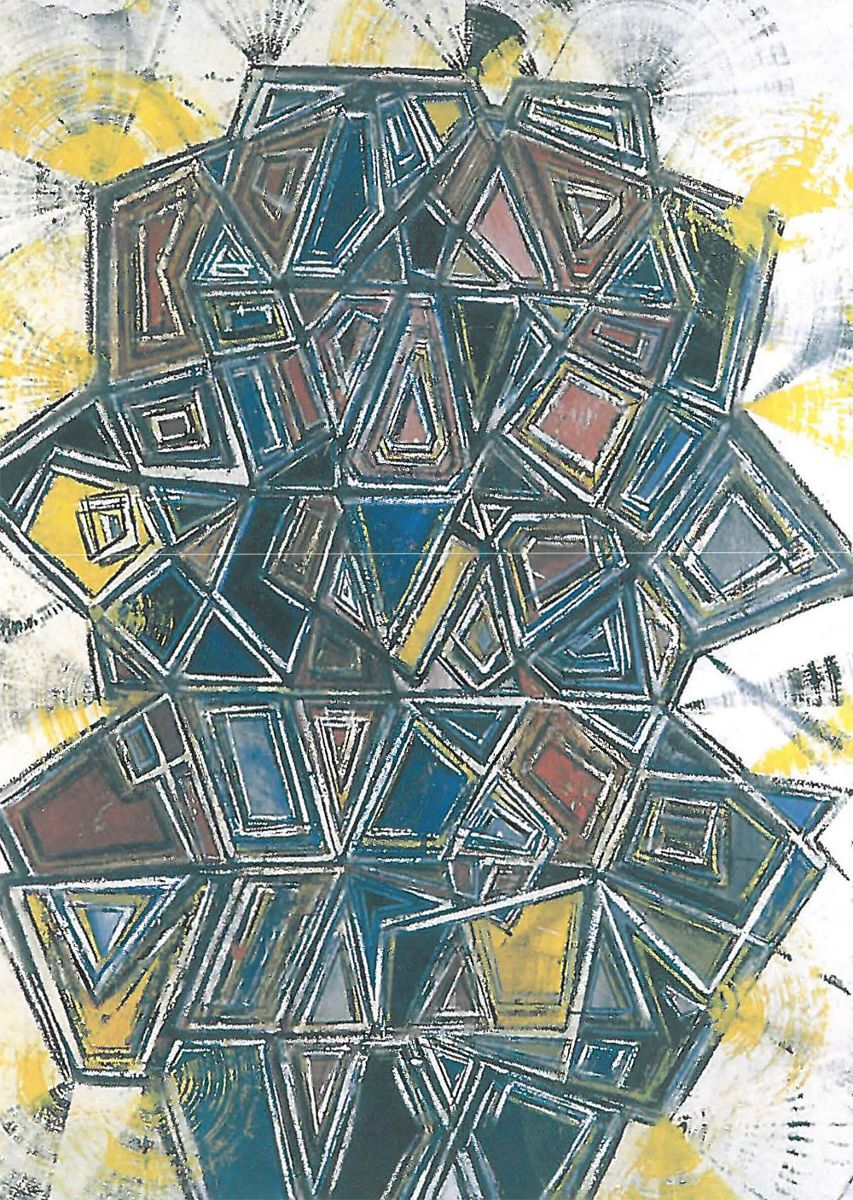
Footnotes
- ^ "Unchain my art" Artlink Vol 20#4 pp 12-15

